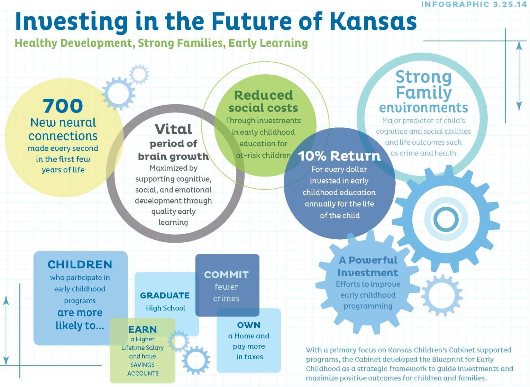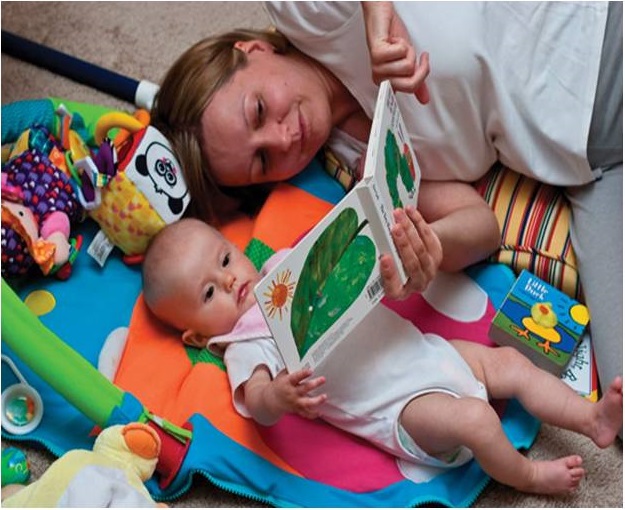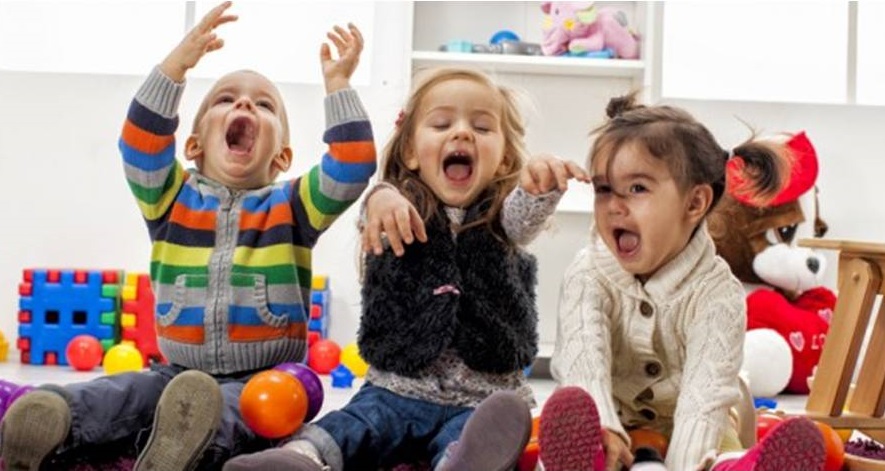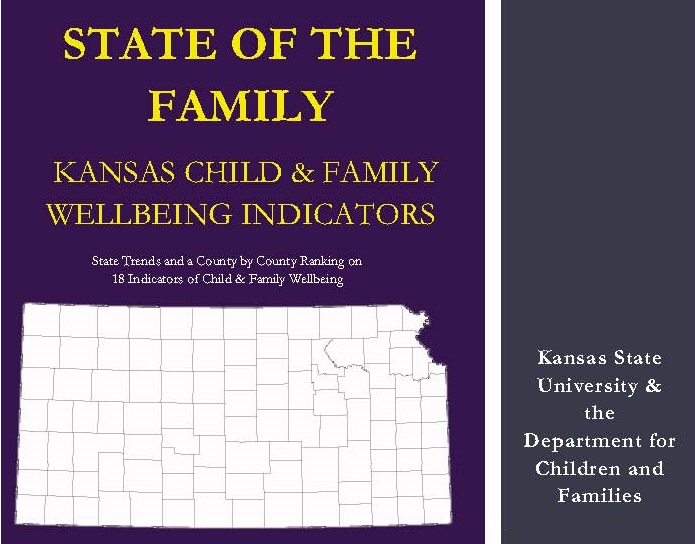

Reading Facts and Tips
Did You Know?
Parents are baby's main tool for learning language. Babies learn language through everyday experiences with parents, not through lessons. (3 - 4 months)
Research shows that parents who imitate or repeat their baby's sounds have babies who are better in language development. Your imitation helps baby practice language. Oral language skill lays the foundation for later reading skill. (6 - 7 months)
Baby is also starting to use gestures and sounds to communicate with people. Baby's use of intentional communication is a big step toward using language. For example, baby may raise her arms toward you and grunt, which may be interpreted as "pick me up." Or baby may point at the juice pitcher while making a noise, which means, “give me some juice." Parents quickly learn to understand what baby wants. Most important - baby is learning what language is all about -communicating with people! (9 - 10 months)
Research shows that baby learns language more quickly if parents talk about whatever baby is interested in at the time. When you and baby are focused on the same object or activity this is called joint attention. Using joint attention helps provide visual cues for whatever you're talking about, as well as building on baby's interest, which makes it easier for baby to learn words. (12 months)
Research shows that toddlers' vocabulary grows faster when parents talk with their children about things they are watching or doing. Toddlers talk about the people and things in their world! (15 months)

Toddlers simplify their speech by leaving out sounds that are difficult for them to say or by substituting easier sounds. For instance, your child may say "tick" for stick or "pwane" for plane since the s and l sounds are hard to make. (17 - 18 months)
Toddlers learn how to write by experimenting with making marks on paper, just as they learned to say words by experimenting with making sounds. At this age children's drawings and writing" may look the same - only the intention is different. Your toddler will tell you if her marks represent words or pictures. Over time your child's early "scribbles" will come to resemble more closely real letters. (21 - 22 months)
Dramatic play helps children practice language. Research shows that toddlers who engage in dramatic or pretend play with others develop larger vocabularies, understand more words and learn to speak in longer sentences. (23 - 24 months)
Toddlers discover the rules of language. For example, they discover we add an "S" to make a word plural (dog - dogs). But our language doesn't follow its own rules, so your child may say she has two "foots" instead of feet. When she says "foots" she isn't copying a mistake she has heard, but is inventing new words that fit the rules of our language. Your toddler is smart! (27 - 28 months)
Reading and singing nursery rhymes with young children helps them develop language skills that will make learning to read easier. Children love the enchanting rhymes and rhythms of nursery songs and stories. This makes nursery rhymes a natural for encouraging language learning! (29 - 30 months)

